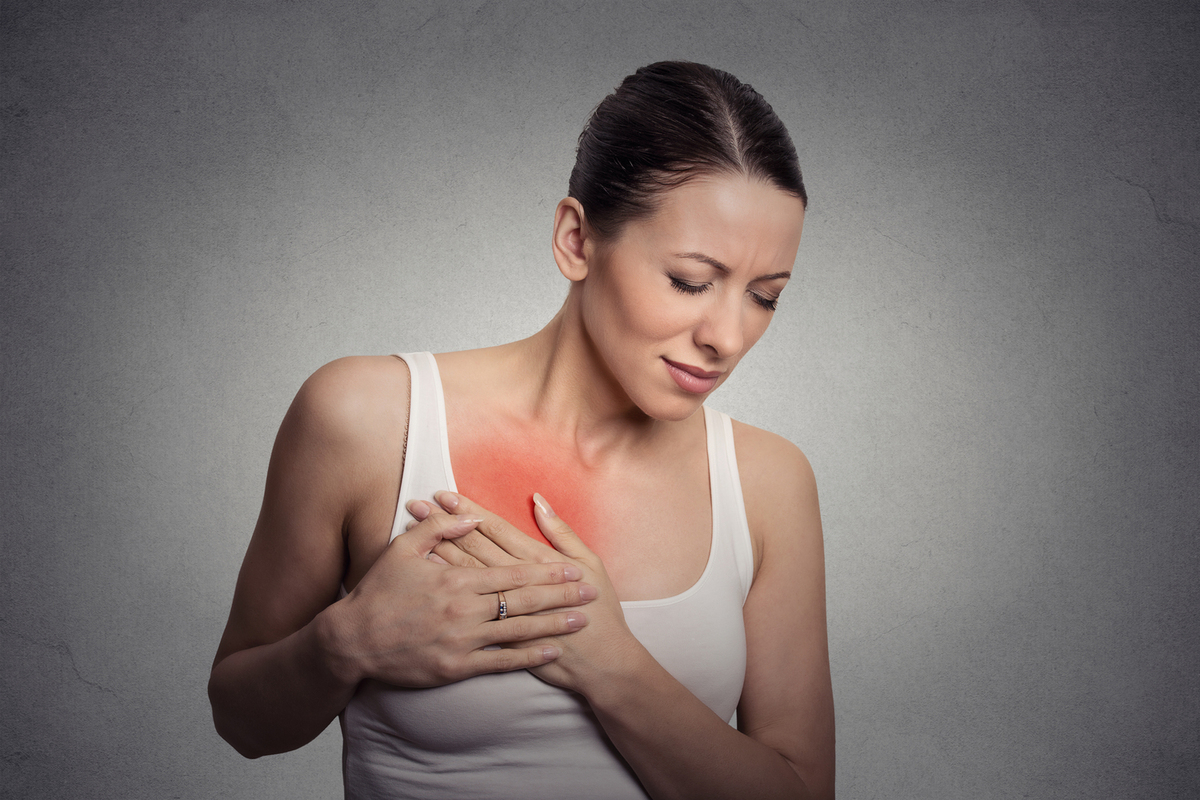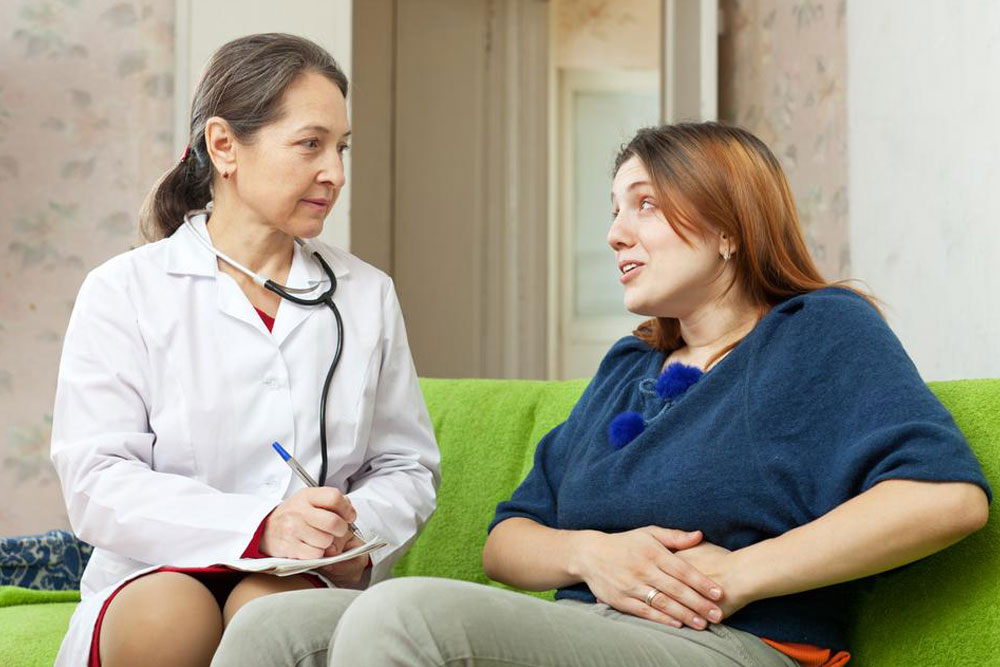Understanding HER2-Positive Breast Cancer: Symptoms, Causes, and Treatment Options
HER2-positive breast cancer is a fast-growing, aggressive cancer subtype marked by HER2 overexpression. Early detection, targeted therapies, and lifestyle adjustments are crucial for effective management. Understanding risk factors and treatment options can lead to better outcomes and improved quality of life. Regular screening and personalized care remain essential to combat this form of breast cancer successfully.

Understanding HER2-Positive Breast Cancer: Symptoms, Causes, and Treatment Options
HER2-positive breast cancer is a distinct subtype marked by an excess of the HER2 (human epidermal growth factor receptor 2) protein on cancer cell surfaces. This form is known for its aggressiveness, comprising around 20% of breast cancer cases. Recognizing its symptoms, underlying causes, and available treatments is vital for timely intervention and better outcomes. This article offers an in-depth overview of HER2-positive breast cancer.
What Is HER2-Positive Breast Cancer?
This type of cancer is characterized by the overexpression of HER2 proteins, which stimulate rapid cell growth. The overabundance promotes cancer progression, often leading to more aggressive disease.
Early detection and targeted treatments can significantly improve prognosis, despite its aggressive nature.
Signs and Symptoms
The symptoms may resemble other breast cancer types but often escalate quickly. Key indicators include:
Breast or underarm lump: Persistent, noticeable mass.
Changes in breast appearance: Sudden swelling or asymmetry.
Nipple alterations: Discharge, inversion, or color changes.
Skin changes: Redness, dimples, or thickening on breast skin.
Pain or tenderness: Ongoing discomfort in breast or underarm areas.
If symptoms appear, consulting a healthcare provider is essential for early diagnosis and effective management.
Causes and Risk Factors
While definitive causes of HER2-positive breast cancer remain unclear, certain risk factors are identified:
| Risk Factor | Description |
| Genetic mutations | Mutations leading to HER2 gene overexpression. |
| Family history | Breast cancer occurrence among relatives increases risk. |
| Age | Most cases develop in women over 50 but can affect younger women. |
| Hormonal factors | Prolonged hormone therapy use may contribute. |
| Lifestyle choices | Smoking, alcohol intake, and inactivity elevate risk. |
| Reproductive history | Early menstruation or late menopause increase susceptibility. |
Diagnosis Methods
Diagnosis combines physical exams and specialized tests:
Biopsy: Tissue sampling confirms cancer and HER2 status.
Immunohistochemistry (IHC): Measures HER2 protein levels.
Fluorescence In Situ Hybridization (FISH): Detects HER2 gene amplification.
Imaging: Mammograms, ultrasounds, or MRIs visualize abnormalities.
Treatment Strategies
Management depends on cancer stage, health, and preferences, including:
Targeted Therapy: Blocks HER2 proteins to inhibit tumor growth, often combined with other treatments.
Surgical Options: Lumpectomy (tumor removal conserving breast tissue) or mastectomy (complete removal).
Radiation Therapy: Uses high-energy rays after surgery or in advanced cases.
Lifestyle Changes: Eating a balanced diet, exercising regularly, and managing stress support overall health.
Supportive Care: Addresses symptoms like pain and fatigue, and provides psychological support.
Prevention Tips
While not all cases are preventable, measures include:
Routine screening: Regular mammograms and check-ups.
Healthy Lifestyle: Proper diet, physical activity, and avoiding tobacco/alcohol.
Genetic Counseling: Recommended for those with a family history of breast cancer.
Early detection, awareness of risk factors, and personalized treatment can improve outcomes significantly. Advances in targeted therapies and ongoing research give patients a better chance for recovery and enhanced quality of life. Regular medical follow-up ensures timely management of any issues.
References










